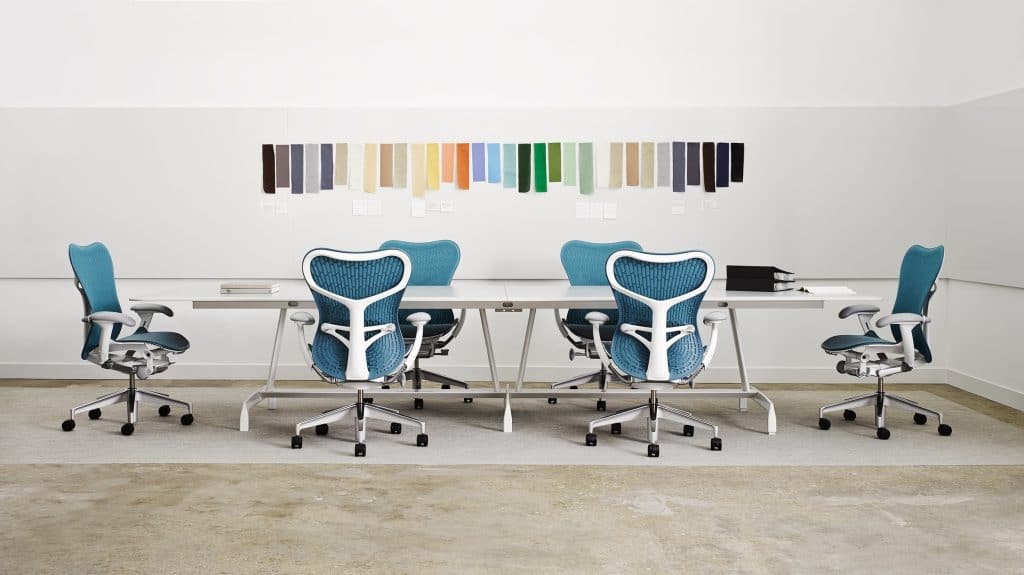Minimalism has been around for a while now, and a whole cottage industry has sprung up around advising people on how to be minimalist in some specific aspect of life.

Minimalists claim there are a number of advantages of keeping your workspace or office minimal:
- Better work-life balance
- Less stress
- Less distractions
How do they do it?
Start by questioning everything
You won’t be able to make substantial changes to your office space, work processes, or goals without running into this phrase: “this is the way it’s always been.”
That’s true for the arrangement of furniture in your office, and it’s also true for office processes. If you’re doing something over and over again, verify that it’s still needed. If you have stacks of paper on your desk, ask yourself what’s truly vital and discard the rest.
Clear your walls
The goal here isn’t “bare,” it’s “tasteful.” If you have a bit of decor, that’s fine. Particularly focus on removing unnecessary ornamentation, and focus instead on maintaining a theme in terms of texture. Living things and wood are good minimalist decor. Anything that could be described as a “trinket” or a “flourish” is not.
Choose appropriate colors and textures
If you own your office, choose textures and colors that fit together. The base color should likely be neutral. Dress up that color with a texture, and maintain one accent color wherever possible.
Clear your desktop
You’ve already questioned why things are there, so you should have already cleared off a bunch of things. Now, clear everything else that you’re not actively working on. Get pens, papers, trinkets, and everything else off of your desk and put away somewhere you can’t see it.
The goal here is to remove distractions.



Leave a Reply